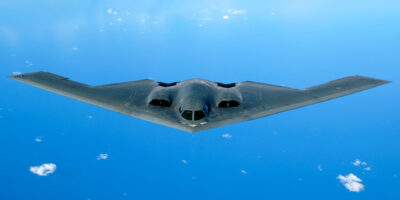
Understanding the FAA: An Overview
The Federal Aviation Administration (FAA) is a United States government agency tasked with regulating all aspects of civil aviation within the country. Established in 1958, its mission revolves around ensuring the safety, efficiency, and security of aviation operations. The FAA’s scope of responsibilities is extensive, covering everything from air traffic control to aircraft certification.
History and Formation
The FAA was officially created under the Federal Aviation Act of 1958. Before its establishment, civil aviation regulation was managed by several agencies, which led to inefficiencies and overlapping responsibilities. Recognition of the need for a dedicated body resulted in the FAA’s formation, simplifying the landscape of aviation governance.
Core Functions
- Air Traffic Control (ATC): The FAA manages the complex air traffic control system in the U.S. This includes oversight of all aircraft movements in controlled airspace and on airport runways. ATC towers, control centers, and radar facilities work together to maintain safe separation between aircraft.
- Aircraft Certification: Before any aircraft can be flown commercially, it must meet strict safety standards set by the FAA. This certification process involves rigorous testing and evaluation to ensure compliance with aviation regulations.
- Regulation and Enforcement: The FAA creates and enforces regulations that govern all aspects of aviation, including maintenance, operation, and safety standards. Violations can result in severe penalties, including fines and license revocations.
- Research and Development: Continuous improvement is essential in aviation. The FAA conducts research and collaborates with various stakeholders to develop new technologies and procedures that enhance safety and efficiency.
- Airspace Management: Efficient use of airspace is vital. The FAA designs and manages airspace structures, including routes and approaches. This ensures smooth and safe journeys for all aircraft.
Significant Programs and Initiatives
The FAA oversees several key programs and initiatives aimed at improving aviation safety and efficiency.
- NextGen: This is a comprehensive modernization program aimed at transforming the National Airspace System (NAS). It focuses on transitioning from ground-based radar to satellite-based navigation. NextGen aims to improve fuel efficiency, reduce delays, and enhance the overall safety of the aviation system.
- Drone Integration: With the proliferation of unmanned aircraft systems (UAS), the FAA has developed regulations and procedures to integrate drones safely into the airspace. This includes registration requirements, pilot certification, and operational guidelines.
- Commercial Space Transportation: The FAA is also responsible for regulating and facilitating commercial space launch activities. As private companies enter the space industry, the FAA ensures that these operations adhere to safety standards.
International Cooperation
The FAA collaborates with international aviation authorities to harmonize regulations and improve global aviation safety. This cooperation is crucial due to the interconnected nature of air travel. Working with organizations like the International Civil Aviation Organization (ICAO) and other national aviation authorities, the FAA helps set international safety and operational standards.
Challenges and Future Directions
The aviation industry faces several challenges, and the FAA must adapt to address them. Cybersecurity threats, the increasing complexity of air traffic, and environmental concerns are some of the pressing issues. The FAA continues to evolve its policies and regulations to meet these challenges, ensuring the safety and sustainability of aviation.



Subscribe for Updates
Get the latest articles delivered to your inbox.
We respect your privacy. Unsubscribe anytime.